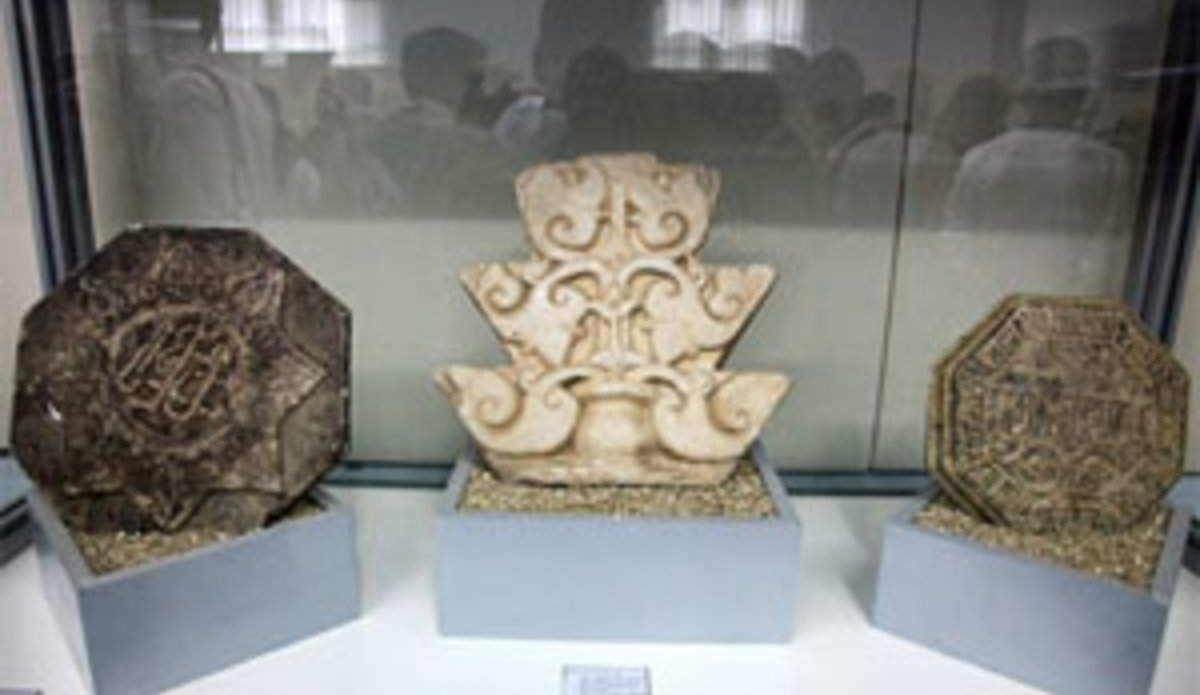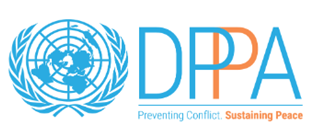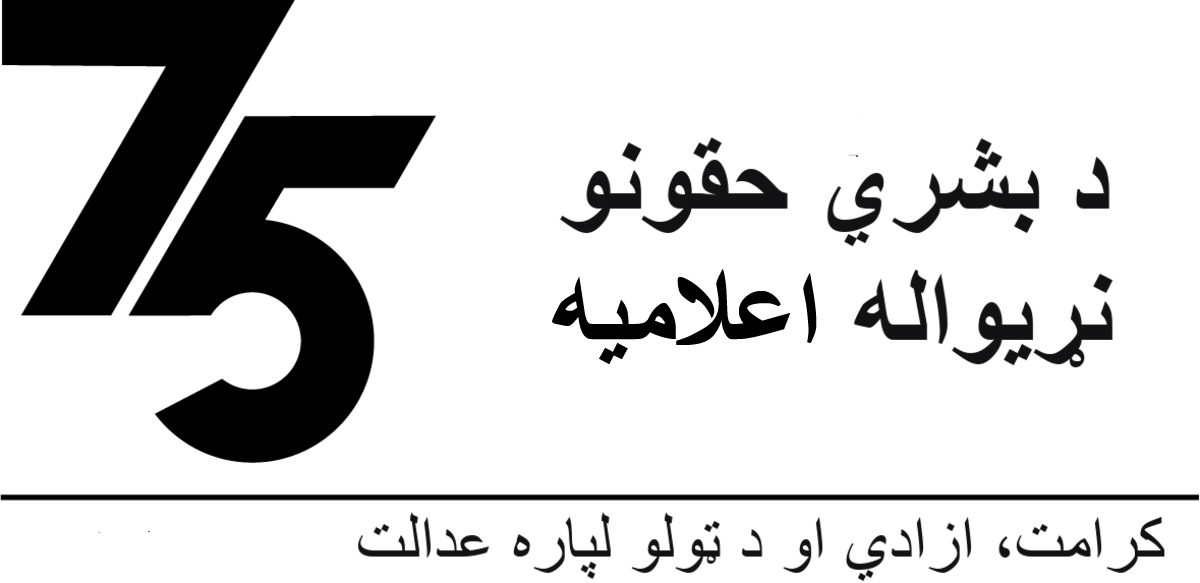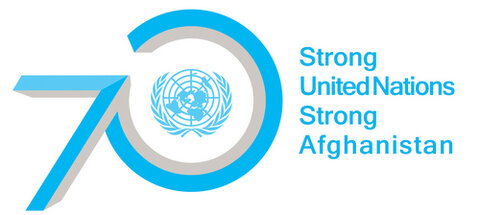Taking on Afghanistan’s treasure smugglers
KABUL - “Come first to me,” he called out from behind a stall in chaste English.
His eyes intently winnowing genuine customers from holiday crowds, unknown to the hands that carefully lined some oversized combat helmets next to what looked like a pair of, at least, 70-year-old muskets.
“I give you good price today. I have everything – rifles, knife, statue, even old coins,” he continued, now having grasped my attention. (It would have been tough to ignore a table stacked with swords, some ornate, others just rusted, that, in all probability, would have sliced through a hapless soldier a century ago).
Having quickly discerned my lack of interest in his collection of arms and ammunition or my inability to pay for it, he pulled out a small glass container filled with coins of different metals and shapes.
“This one is from the time of Alexander – only US$ 45. I have other silver coins also if you want. Hold in your hand to seem.”
It was an early Friday afternoon. I was at the weekly ISAF bazaar in downtown Kabul. Karim Khan (name changed), the zealous hawker, should have been in jail. And the US$ 45 coin with the imprint of Alexander the Great, the muskets from World War II, and the swords used by bandits or princes should have, instead been on display at Kabul’s National Museum in the safe patronage of its capable director Mohammad Massoudi.
“It’s common to have these bazaars. The shopkeepers at these markets get licences to sell handicrafts but they instead illegally sell antiques,” said Mr Massoudi at his large ground floor office adorned with maps and books on Afghanistan. “My request to the authorities – when they are here to support our country – is not allow these people to sell antiques. I also ask foreigners not to buy from them,” he added.
The National Museum in Kabul, today, even on a working Monday, bustles with activity – a constant entry and exit of families, expatriates, and art students with cameras and notepads, who roam the hallowed corridors and the two floors that preserve this country’s rich history and culture.
But, along with statues of Buddha, bronze figures of Grecian miens, or pottery from the Islamic period, the museum also houses bitter memories from not too far ago.
During the country’s long and brutal civil war, the National Museum often bore the brunt of looters, bullets and stray rockets. The Taliban, too, occasionally raided the museum and played their part by blowing up the Buddhas of Bamyan.
“Seventy per cent of our artefacts were stolen from 1992 to 1995. I can estimate that we lost around 70,000 pieces of Afghan treasure during those years just from our museum. It was a sad, terrible period,” Mr Massoudi recollected.
The three-decades-long civil war may have ended and the Taliban government ousted from Kabul, however, the looting continues till date, albeit in a different manner. Ancient sites across the country have now become the target of treasure-seekers, mercenaries, and collectors, who scavenge at the country’s ancient fertile grounds.
Mr Massoudi believes safeguarding these sites and preventing artefacts from leaving the borders is a big challenge that confronts the government. “Our government is trying its best to stop this, but it has other problems to look after. It’s difficult with limited forces and equipment.”
The Ministry of Information and Culture avers that the government is aware of this problem and is doing everything it can to protect ancient sites, including deploying guards. This has had success. “The government has a 500-strong special force to defend these sites and they have been able to bring under control illegal excavations in eight provinces. We need more police though,” believes Mr Massoudi.
But, is simply policing sites a viable long-term solution? The United Nations Educational, Scientific and Cultural Organization (UNESCO), believes that although deploying guards is one answer, there are other concerted actions required.
“Illicit excavations, exports, and transfer of cultural heritage are (our) biggest concerns,” said the organization’s director in Afghanistan, Shigeru Aoyagi. “To prevent this, we consider three ways: promotion of the awareness of people living around the sites; real action, such as deployment of guards, and the third is the voice from the international community to respect the richness of this country’s culture.”
UNESCO, which has been working in Afghanistan since 2002, is, among other actors, involved in the preservation of the country’s culture and heritage. Mr Massoudi says UNESCO has also played an “important role” in trying to retrieve artefacts from 2003. UNESCO has also taken long-term measures such as posting guards around the Bamyan sites and helping the Afghan authorities to enforce the legal frameworks pertaining to two conventions on illicit export and transfer of cultural property that were recently ratified by the government.
In fact, after accepting the Convention on the Means of Prohibiting and Preventing Illicit Import, Export and Transfer of Ownership of Cultural Property (Paris, 1970), in 2005, the Afghan government was able to bring back 8,500 pieces from Denmark, Switzerland, Norway, US, and UK.
Earlier in 2009, Afghan authorities achieved another important victory, when the UK government returned 2,098 pieces – which were seized over the years at London’s Heathrow Airport – from the Mesolithic, Neolithic, and Islamic period, including some that date back 10,000 years.
“At first, Britain sent us photographs of the artefacts. We identified them and through diplomatic channels requested to have them back. When the aeroplane arrived at Kabul’s airport and when we opened the boxes in the museum it was a very happy time for me,” said a beaming Mr Massoudi, as he proudly pointed to a returned treasure, a blue bowl from the 12th century, currently on display at the museum.
Together with governments, organizations like Society for the Preservation of Afghanistan’s Cultural Heritage (SPACH), which was established in 1994 by concerned individuals such as historian Nancy Dupree, have also aided in purchasing and returning objects to the government.
But for how long can Afghanistan rely on the benevolence of others to regain and preserve its culture? Mr Massoudi agrees that it is Afghans who will eventually play the greatest role in ensuring Afghanistan’s treasures remain in the country for future generations to enjoy. “Without the help of our people it will be difficult to contain smuggling. People here are not educated and they don’t know the value of these artefacts that they helping to smuggle. They have to be made more aware,” he admitted.
Mr Massoudi makes a cogent point. It will be people like Karim Khan, the illegal antique-seller at Kabul’s Friday ISAF market, who will have to be educated first.
By Aditya Mehta, UNAMA
 UN
UN






